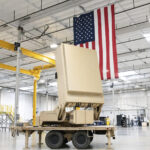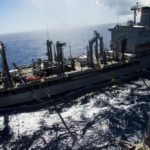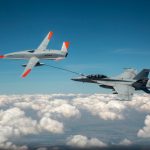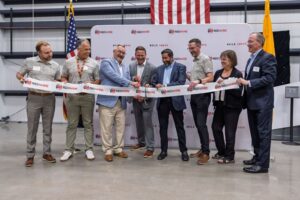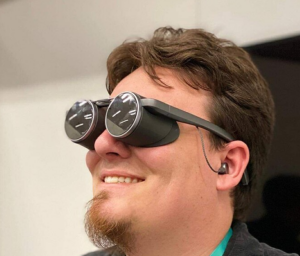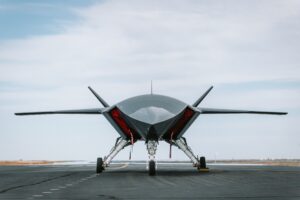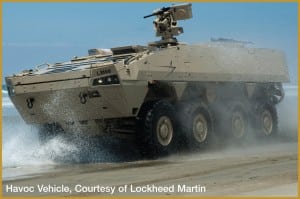
Lockheed Martin [LMT] unveils its armored, modular Havoc 8x8, a combat proven vehicle of modular design that the company is offering for the Marine Personnel Carrier at the Modern Day Marine Exhibition. “The Marines have a vision, they want a commercial-off-the-shelf vehicle that meets requirements that they can get in place quickly, and we believe we have that solution for them,” Ric Magness, manager Havoc 8x8 (MPC) Program Director for Lockheed Martin, told Defense Daily. In mid-August the…

